
The Limoncella apple of Sant’Agata sui Due Golfi is an ancient fruit, small, fragrant, and with an unmistakable flavor.

The painful and feared detachment from their island had not been easy.

A large lemon, the Sorrento Oval, with an elliptical and asymmetrical shape. After all, lemons Sorrento have been protected since 1999 by the IGP brand.

There is no garden that is without it. Indeed, the very definition of a garden on the Amalfi Coast identifies the cultivation of lemons.

The size of melons and with a very thick albedo, the lemons of Procida are also called "Limoni Pane” (lemons bread).
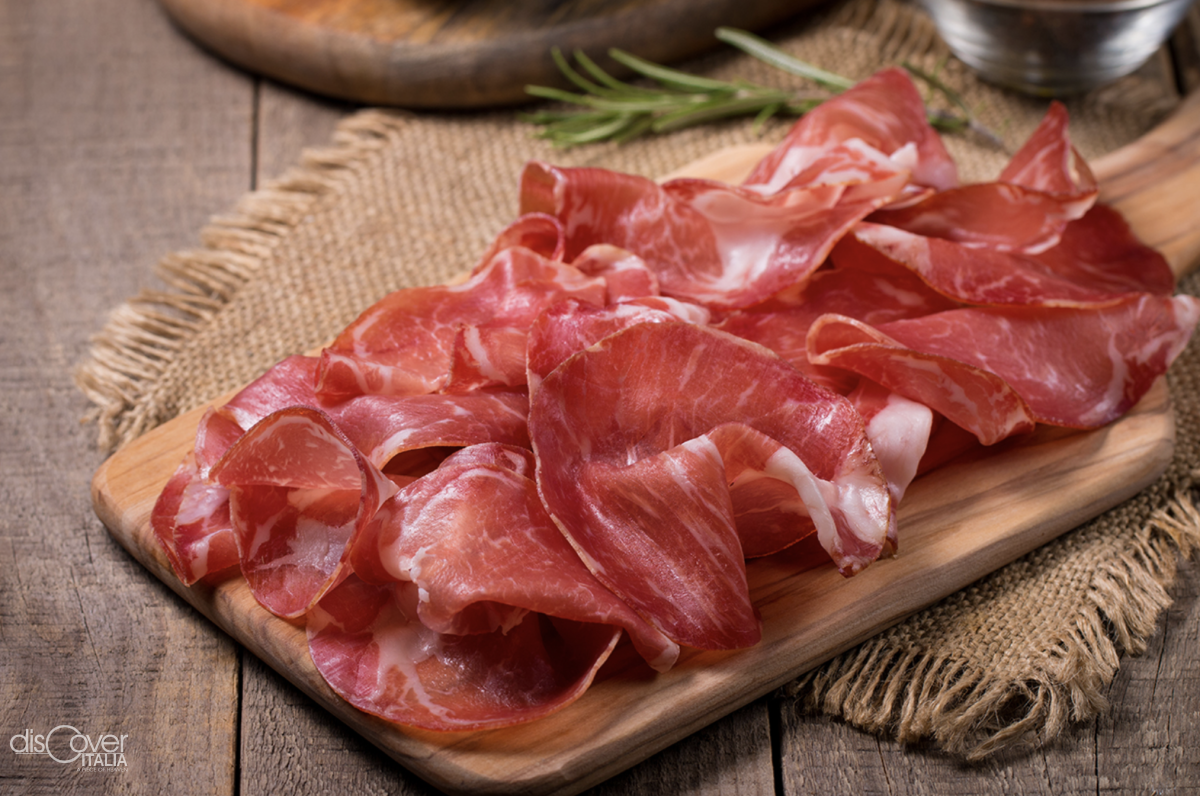
The variety of cured meats found in the Irpinia area is very rich, with distinctive features depending on the production areas, corresponding to the rearing areas of the Caserta black and white pigs.

Acorns, chestnuts and walnuts are not lacking in the Samnite land, like bran and corn. And, consequently, neither the pigs, the black one in particular.

Even around Avellino, hazelnut groves are the masters, as in many other parts of Irpinia, which is a large producer of hazelnuts.

Inevitable in the recipes of Sannio, onions are widely grown in the flat or mid-hill areas.

For artichokes, Cilento offers ideal fertile lands. First of all, there is the Tanagro white artichoke, grown in the lands of Pertosa and Auletta, thornless and clear, to be enjoyed raw in thin slices.

As inevitable as the extra virgin olive oil in the great dishes of Irpinia cuisine is the Montoro Pat copperonion, also produced in the Solofra area, sweet and aromatic, to be eaten cooked or used to make jams and preserves.

The figs of San Mango sul Calore Pat are irresistible. Adapted over the centuries to the cold climate, they have a red skin when the fruit is ripe and a juicy dark bronze pulp.

Trees are present everywhere in Cilento. The white fig of Cilento IGP is a real typical delight.
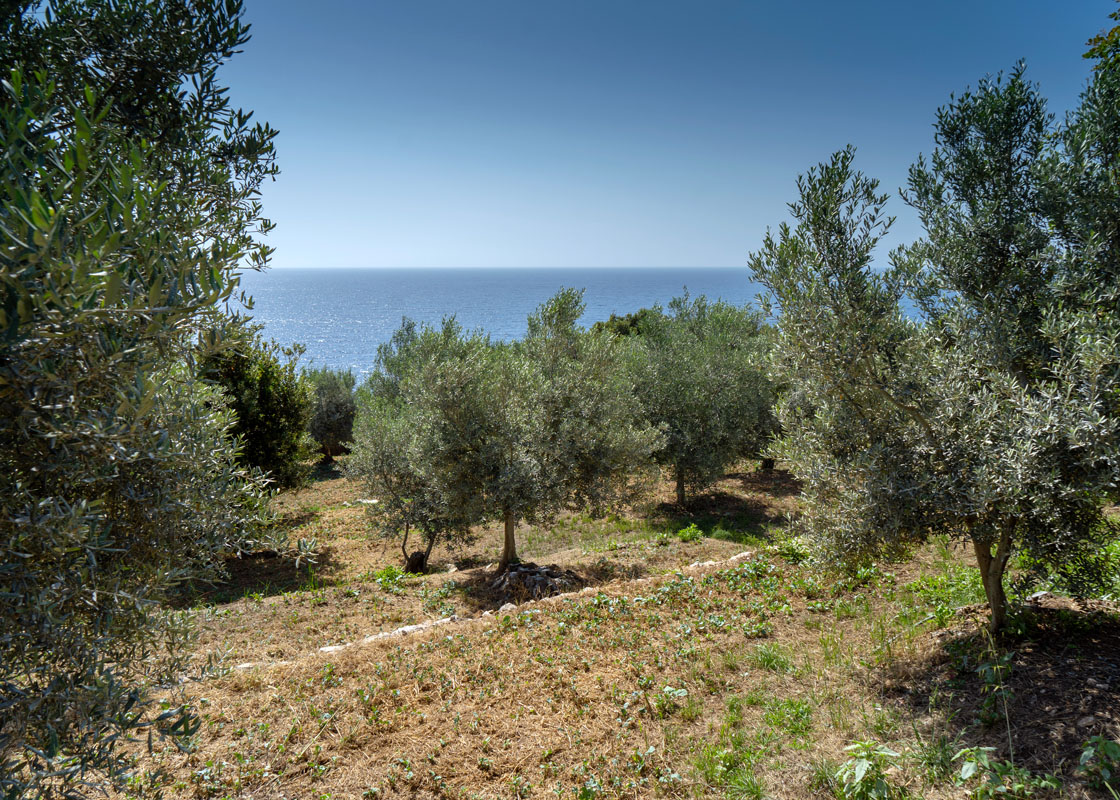
No one had cared about them for a long time.
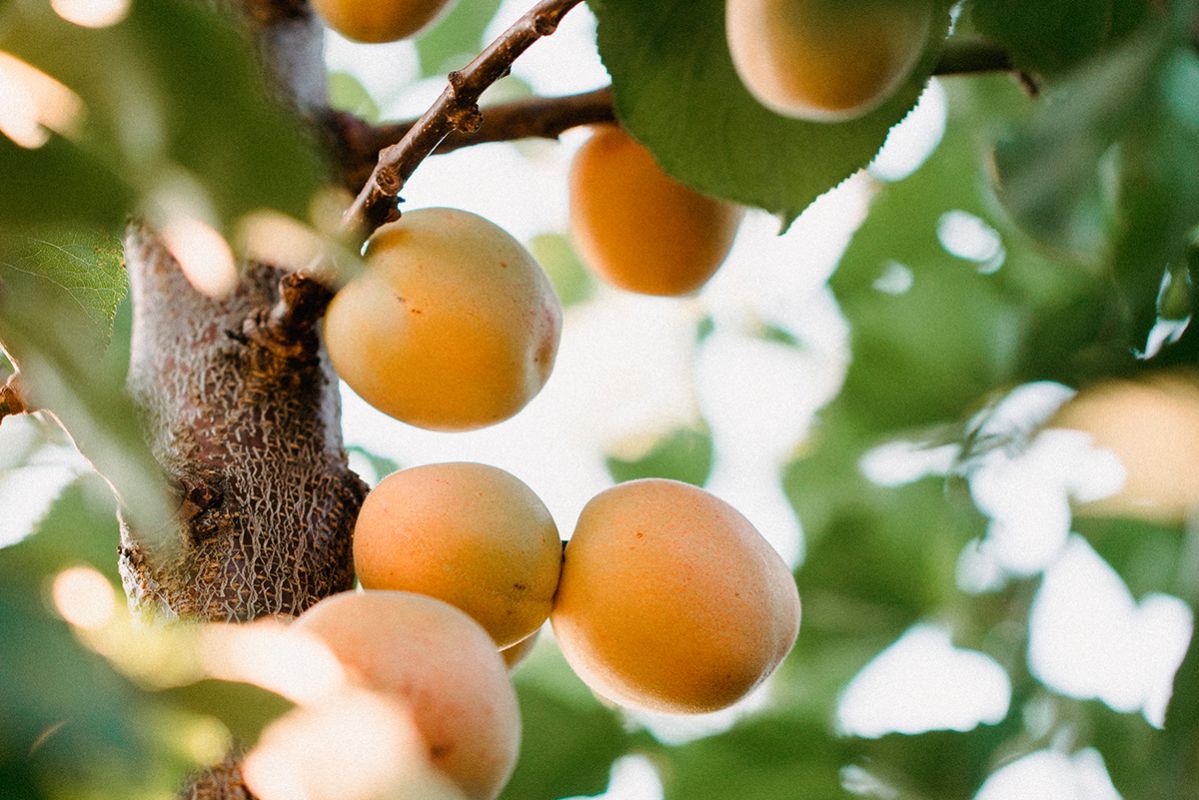
Favoured by soils of volcanic nature, rich oinminerals and potassium, apricot is a typical production of the Vesuvian area.
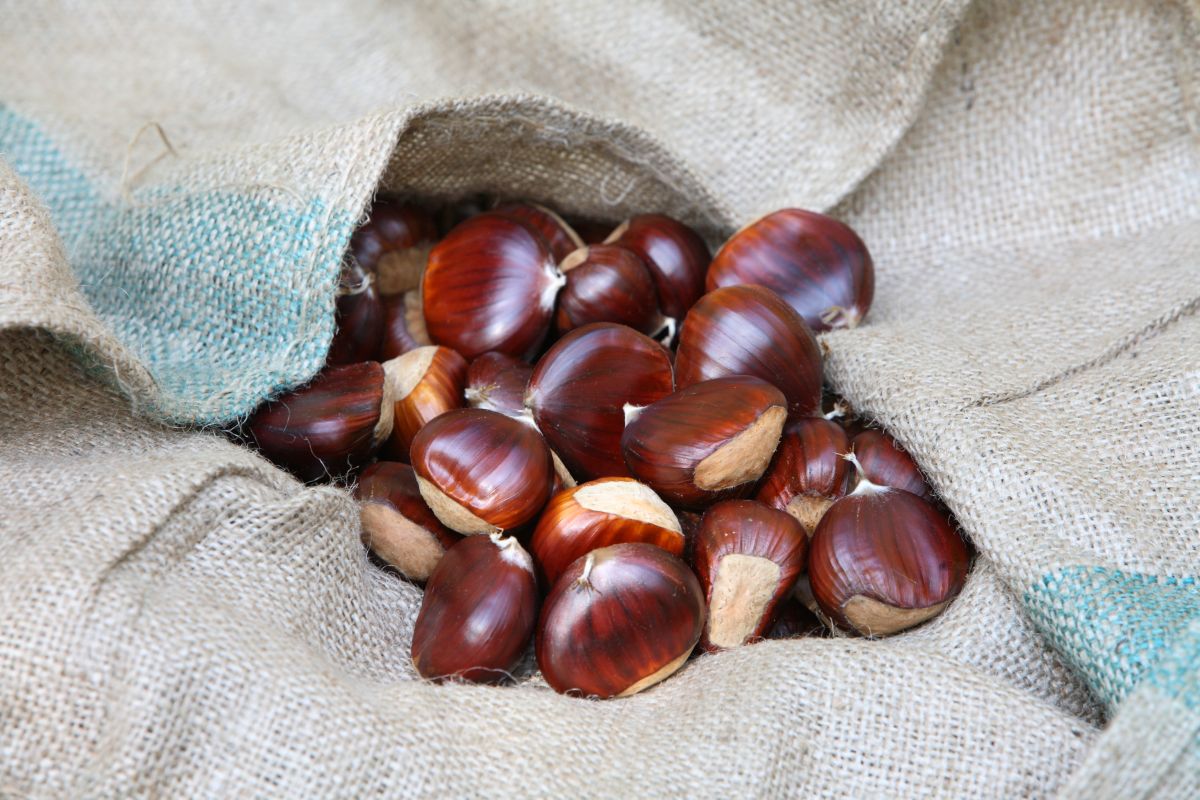
The shape of the sweet fruit vaguely resembles a dove. And it justifies the name of “Palommina” (from the Neapolitan dialect “Palomma” meaning "dove" ) of the variety clearly prevalent among the chestnut trees populating the woods of Montella.

Every year, in autumn, in Vitulano, the protagonist returns, the real lady of the mountains.
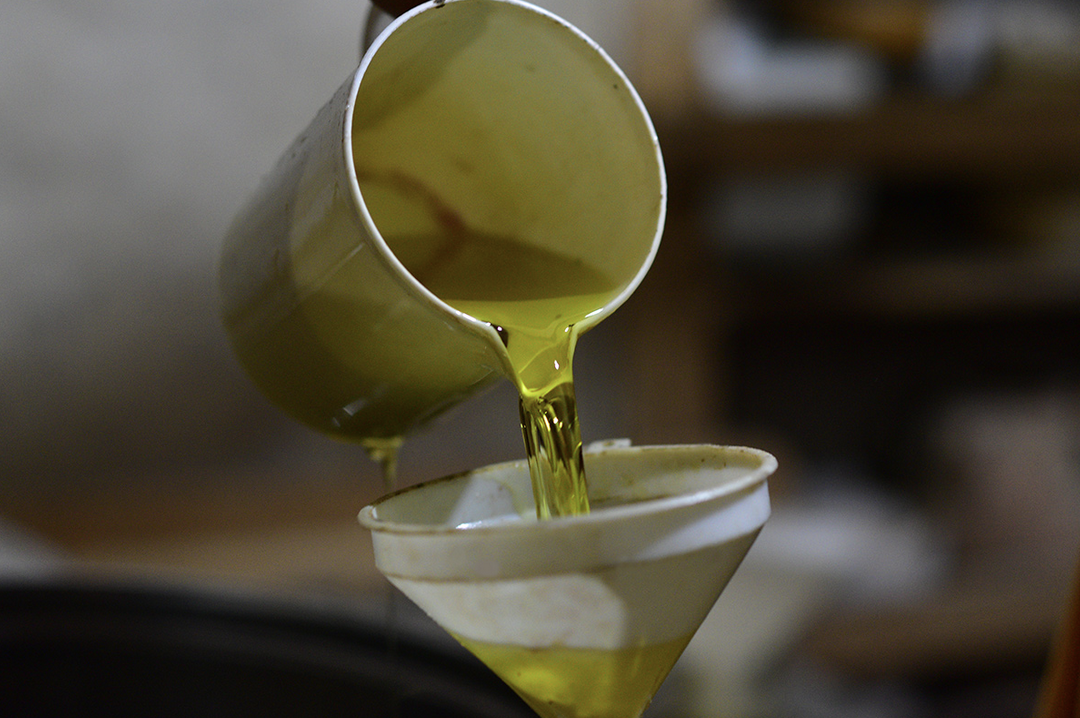
Many vineyards, but also many olive groves surround the Samnite hills, protagonists of knowledge and traditions that merge with the most ancient presences of man in this land that is always generous with those who respect it.